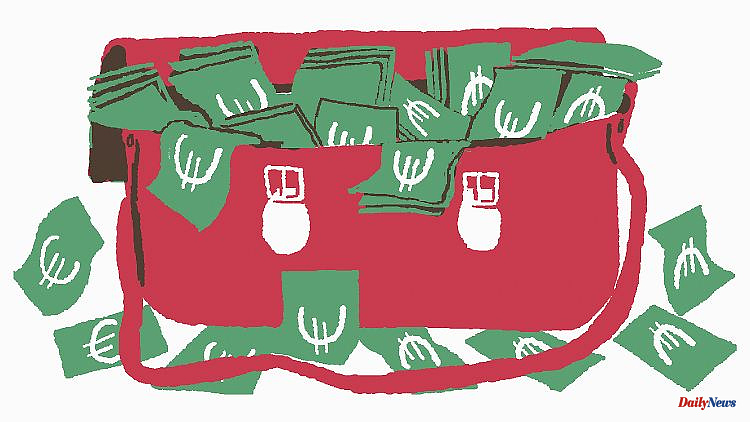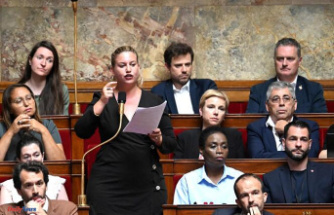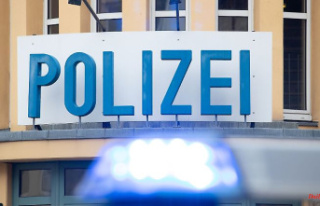At the beginning of October there was a strong upward correction on Wall Street, and prices suddenly rose noticeably. This probably doesn't represent a trend reversal. It is likely to get worse again before it gets better.
Stock marketers call what the stock markets were at the beginning of October "oversold". This means that individual stocks or entire stock markets have fallen sharply for a long time. The American stock index S
Rising energy costs, galloping inflation rates and a foreseeable recession are currently dragging down the mood in the USA and other countries. One could almost think that the so-called stock market sentiment is currently 130 percent negative. That means most investors may already have divested themselves of their stock holdings. Rather, some of the professionals in particular may have hedged the existing deposits or even bet on prices falling further.
If then - for whatever reason - a countermovement comes, they have to buy the corresponding shares immediately in order not to incur even greater losses with their wrong bets. Professionals call this a "short squeeze". The shorts who bet on falling prices are being squeezed to a certain extent.
This countermovement on October 3rd and 4th could also be described as a pajama squeeze. Because it started those two days before Wall Street even started trading. Figuratively speaking, many shorties were probably still sitting in front of the computer in their pajamas and bought in pre-market trading.
Now the question arises: Was this already the start of a new bull market in which prices are rising again for a longer period of time? Or was it a counter-movement in a bear market that continued to fall, i.e. a so-called bull trap? Unfortunately, there is evidence for the latter. In March, the S
Further developments on the stock markets are currently dependent on the monetary policy of the central banks. October 4th showed how strongly the stock market traders are currently following their decisions. The Australian central bank increased its key interest rate by 0.25 percent, slightly less than expected. Investors interpreted this as a sign that the restrictive monetary policy could soon be over. Normally, hardly any investor in Europe or the USA cares about the Australian central bank. But this time the interest rate decision was sufficient reason to place the S
Now it doesn't necessarily depend on the monetary policy of the Australian monetary authorities. The American Federal Reserve continues to set the pace. This had recently increased the key interest rate by 0.75 percent to 3 to 3.25 percent. There are two more Fed meetings this year. The majority of investors are currently assuming that the key interest rate could then be between 3.75 and 4 percent at the end of the year.
There is a faint hope that the Fed will then conclude that the interest rate level then reached is sufficient to bring inflation back down to the targeted two percent range. Base effects are likely to ensure that the inflation rate turns down again next year. If it actually became apparent that interest rate hikes would end in the USA at the end of this year, Wall Street would most likely respond with relief and make significant price gains.
But it's not that far yet. Two things are still missing. Firstly, the Fed is signaling that it will at least take its foot off the brakes a little in the foreseeable future. Secondly, the final sell-off is still pending on the stock markets. Only when all investors who still wanted to sell paper are out of the market is it ready for prices to rise again. In view of the extremely difficult framework conditions and the abysmal bad mood, the capitulation could come soon. That would be buying prices again.
Until the trend reversal actually begins, investors who have liquid assets of 25,000 euros, for example, should rely on an all-weather portfolio. This consists of 25 percent cash in order to be able to buy shares extensively at lower prices. Another quarter would be eligible for bonds. In the USA in particular, interest rates could fall again because they are actually too high for a recession scenario. The result would be rising prices. Equities should also be considered with a share of 25 percent. Then investors are there when the trend reversal starts earlier than expected. And the last 25 percent should be gold as the ultimate insurance against deep financial market dislocations. With such an all-weather portfolio, investors should also be prepared for a stormy autumn on the stock markets.
About the author: Michael Wittek heads the portfolio management at the independent asset manager Albrecht, Kitta












